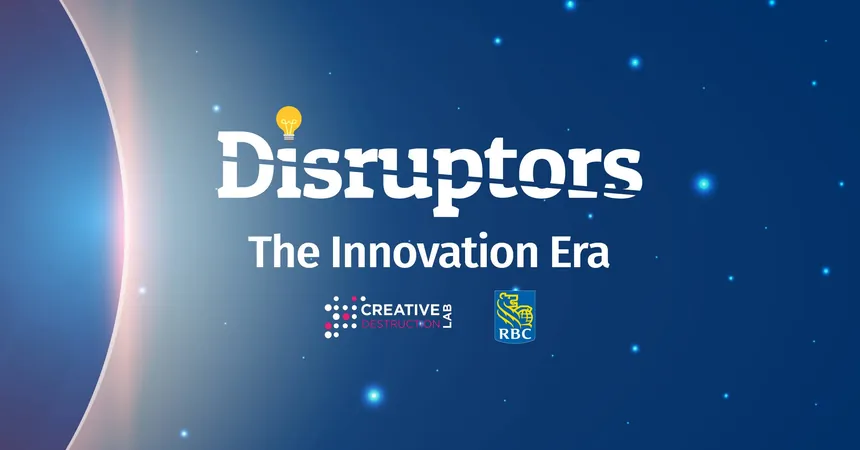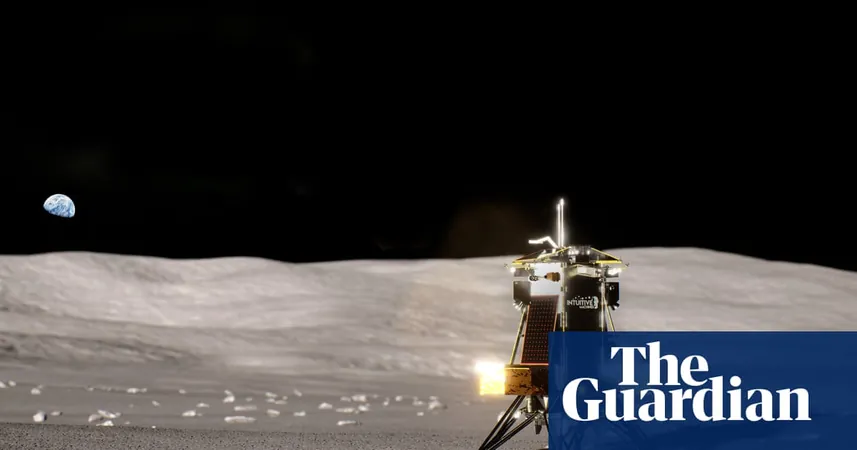
The Incredible Truth About the Indian Ocean’s Gravity Hole: A Legacy from an Ancient Ocean!
2024-11-23
Author: Charlotte
Did you know there’s a mysterious “gravity hole” lurking beneath the waves of the Indian Ocean that is defying our understanding of Earth’s structure? Spanning a staggering 3.1 million square kilometers, this gravitational anomaly has sea levels that are a shocking 348 feet lower than anywhere else on our planet!
The intriguing origins of this geological phenomenon were only recently unraveled after a study published in the journal *Geophysical Research Letters* shed light on the baffling mystery dating back 180 million years. This gravity hole is believed to be a remnant of the ancient Tethys Ocean, which once flourished between the supercontinents of Laurasia and Gondwana. When Tethys met its demise, it set off a chain reaction that eventually shaped the gravity dynamics we observe today in the Indian Ocean.
In groundbreaking research, scientists simulated the movements of Earth’s mantle and tectonic plates over the last 140 million years. The ultimate conclusion? The death of the Tethys Ocean coincided with the breakup of Gondwana, causing chunks of the Earth’s crust to slip beneath the Eurasian plate. As these shattered fragments fell into the mantle, they seemingly created the gravity hole we see today.
Adding to the enigma, around 20 million years ago, these crustal remnants displaced high-density material from a colossal and mysterious entity dubbed the 'African blob.' This blob, a monumental structure composed primarily of crystallized magma, is said to stand 100 times taller than Mount Everest and could explain the gravity anomaly occurring in the Indian Ocean.
However, researchers caution that more evidence is needed to support this intriguing hypothesis. They hope to verify it through earthquake data to confirm the existence of low-density magma plumes that may lie beneath the gravity hole. It’s worth mentioning that such blobs are not confined to Earth; similar structures have been detected beneath the surface of Mars, hinting at possibly strong geological similarities between the two planets.
In a time when the secrets of our planet are being unlocked, understanding these deep-seated mysteries is not just about our Earth; it could also provide critical insights into our intriguing neighbor, Mars. Will we uncover even more astounding revelations about our planet and beyond in the near future? Stay tuned!









 Brasil (PT)
Brasil (PT)
 Canada (EN)
Canada (EN)
 Chile (ES)
Chile (ES)
 España (ES)
España (ES)
 France (FR)
France (FR)
 Hong Kong (EN)
Hong Kong (EN)
 Italia (IT)
Italia (IT)
 日本 (JA)
日本 (JA)
 Magyarország (HU)
Magyarország (HU)
 Norge (NO)
Norge (NO)
 Polska (PL)
Polska (PL)
 Schweiz (DE)
Schweiz (DE)
 Singapore (EN)
Singapore (EN)
 Sverige (SV)
Sverige (SV)
 Suomi (FI)
Suomi (FI)
 Türkiye (TR)
Türkiye (TR)